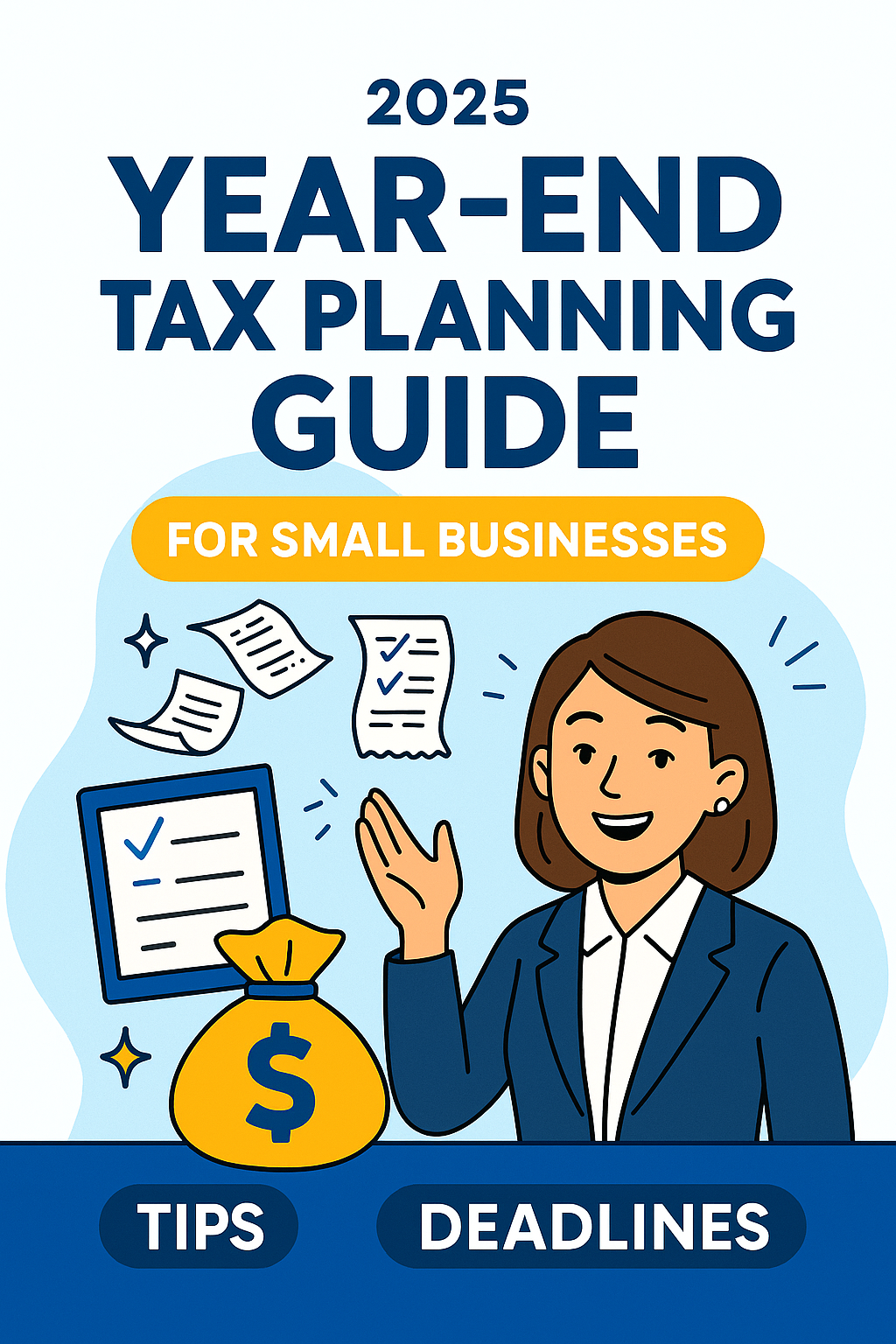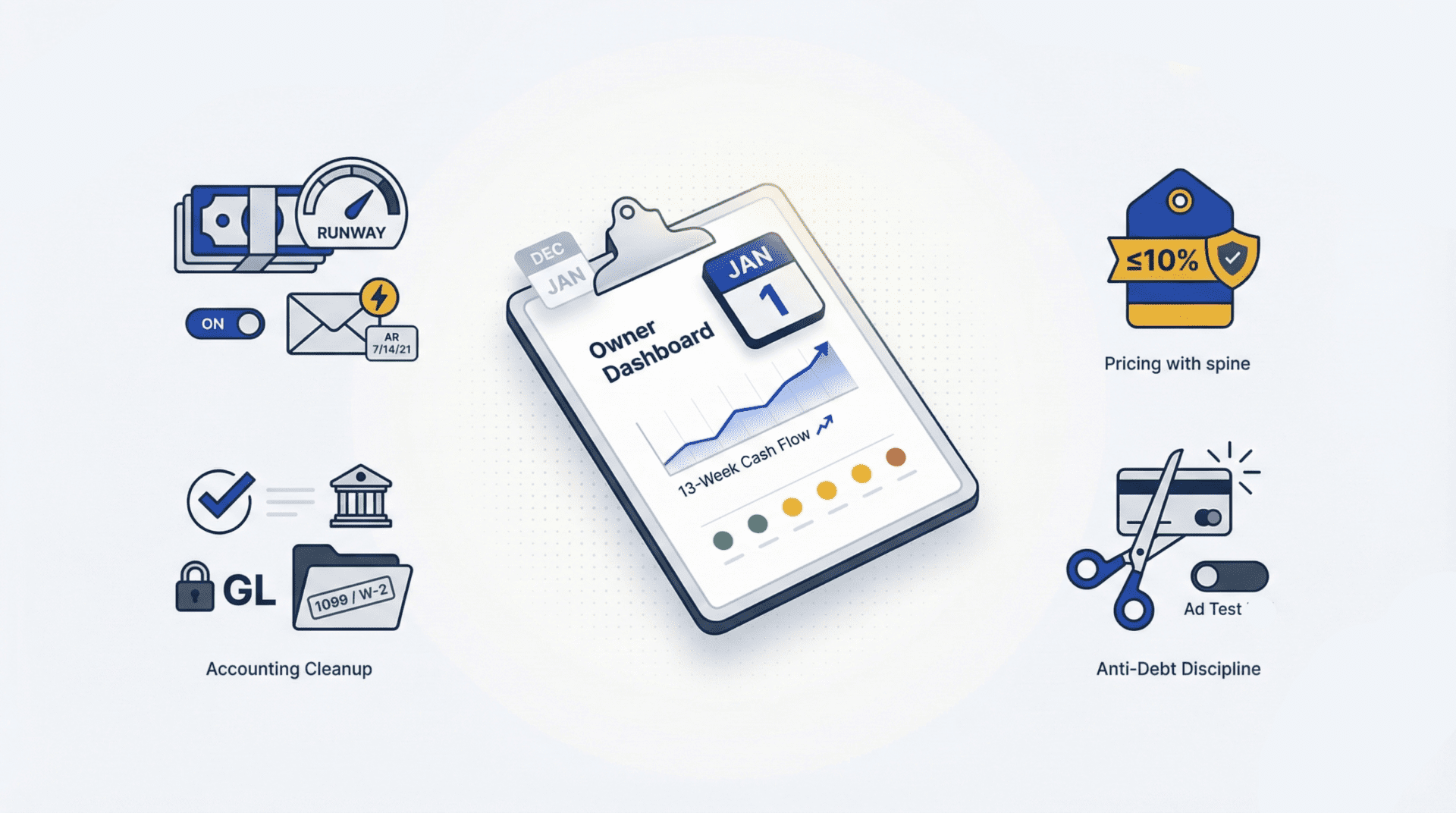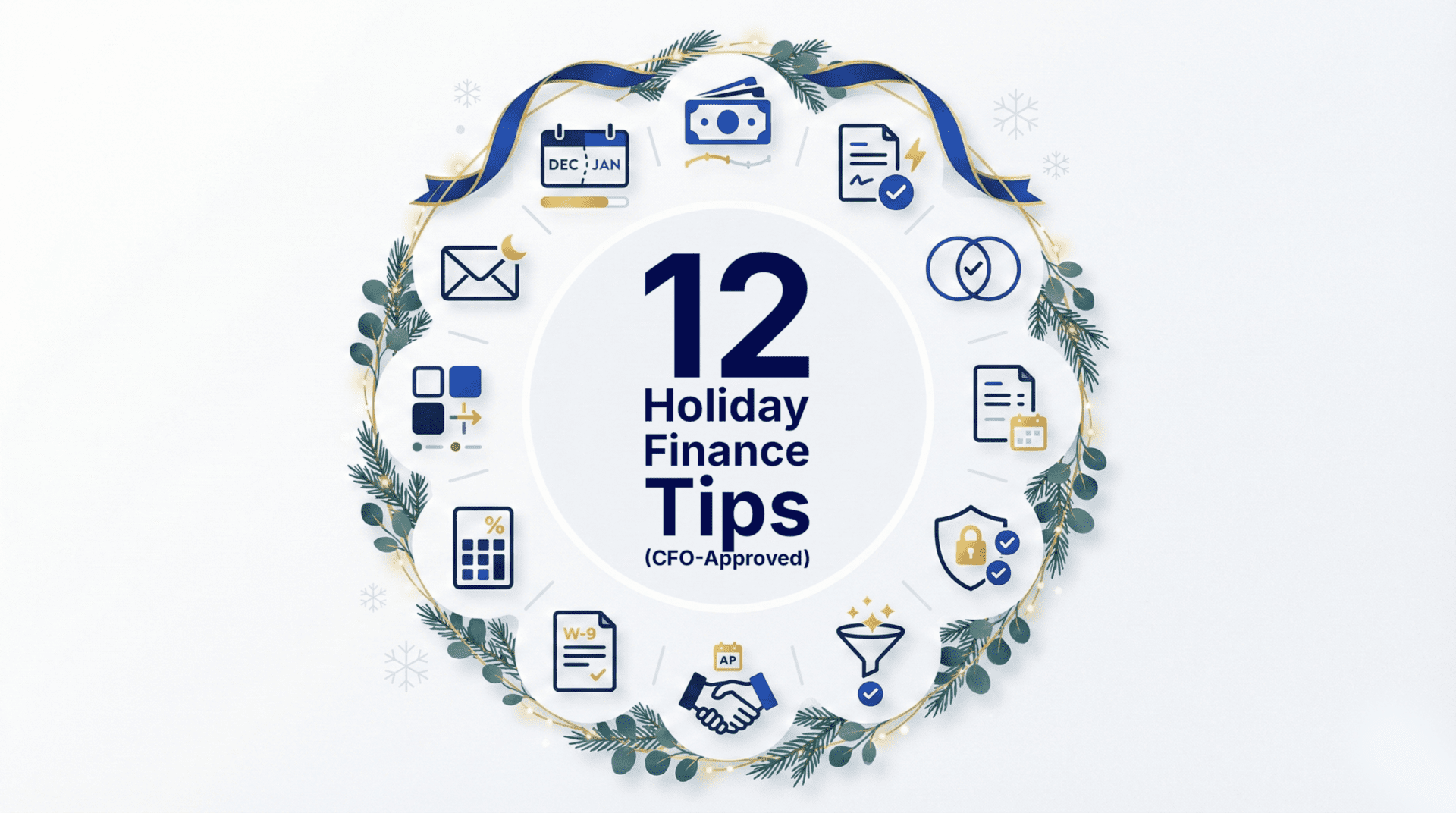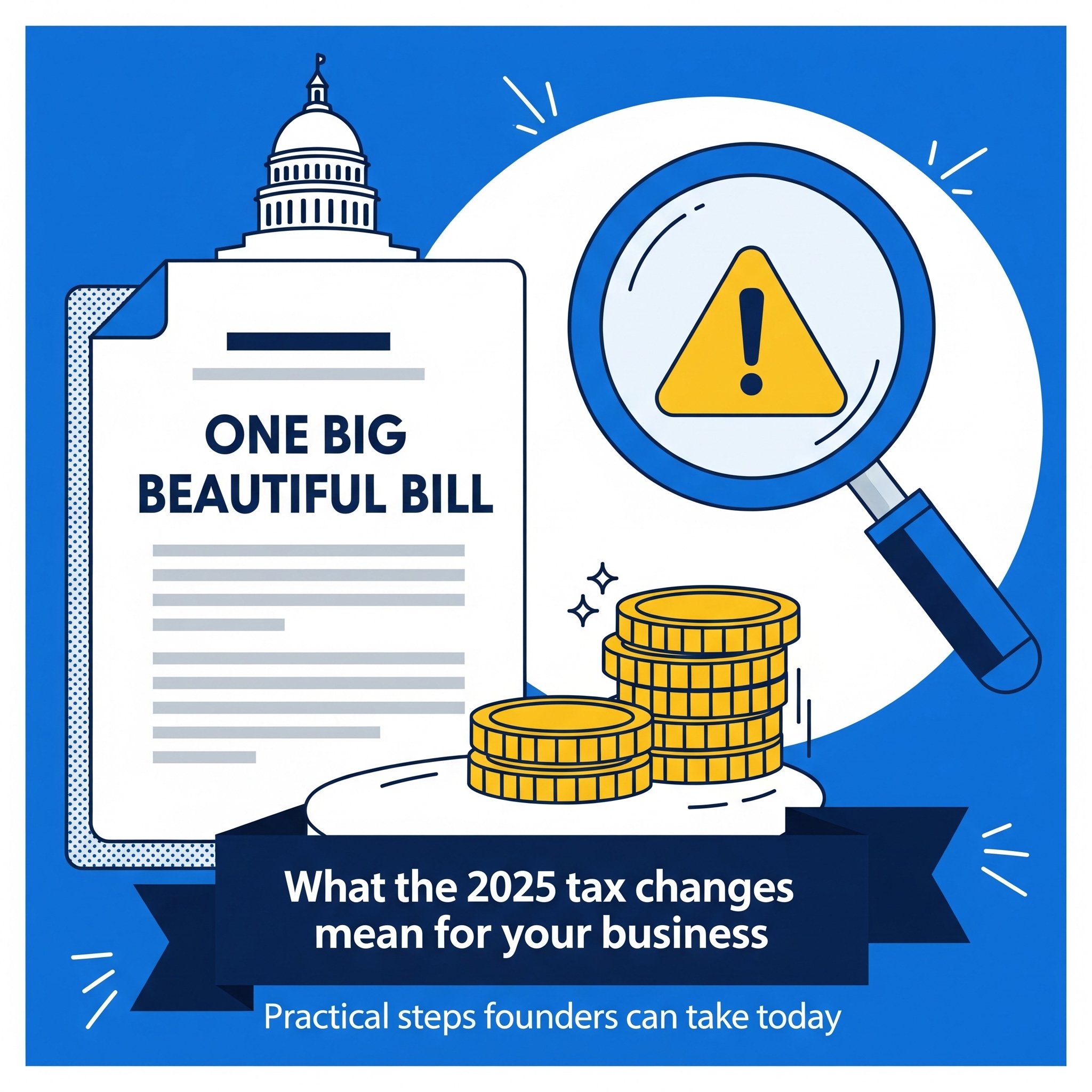
Don’t let last-minute tax math give you a fright.
This guide walks you through every critical step for closing out your fiscal year with confidence and clarity. You’ll learn how to optimize year-end taxes, gather documents, and leverage professional tax planning services so your business keeps more of its hard-earned revenue.
Why Year-End Tax Planning Matters
Effective year-end tax planning empowers you to:
- Retain cash flow by maximizing deductions and credits.
- Minimize audit risk through accurate record-keeping.
- Avoid unexpected liabilities with timely filings.
Taking action early creates breathing room. Instead of scrambling to assemble receipts on April 15, you can review your financial picture, identify opportunities, and consult a tax advisor to fine-tune your strategy.
Top 5 Tax-Saving Strategies
Below are five proven tactics to reduce your 2025 tax bill:
- Accelerate Deductions
Prepay expenses that qualify as deductions—office supplies, business insurance premiums, or rent payments. Recording these costs before year-end lowers your taxable income. - Defer Revenue
If your accounting method permits, delay invoicing or receipts until January. Pushing income into the next fiscal year can shift tax liability forward by 12 months. - Maximize Retirement Contributions
Contribute to SEP-IRA or Solo 401(k) plans. Employer contributions reduce adjusted gross income, while boosting your retirement savings. - Harvest Business Losses
Review underperforming assets or inventory for write-offs. A strategic disposal or write-down can generate deductible losses to offset profits. - Leverage Tax Credits
Investigate available credits:- Research & Development (R&D) for qualifying projects
- Work Opportunity Credit for hiring targeted groups
- Energy Efficiency Credits if you invest in green upgrades
Applying credits directly reduces your tax liability, dollar for dollar.
Tax Deadlines & Checklist
Key Deadlines for Calendar-Year Filers:
- Dec 31: Final day to incur deductible expenses or defer income
- Jan 15: Fourth-quarter estimated tax payment due
- Mar 15: S-Corp and partnership returns (Form 1120-S, 1065)
- Apr 15: C-Corp returns (Form 1120), individual returns with Schedule C
Year-End Checklist:
- Gather receipts for purchases, mileage logs, and business expenses.
- Reconcile bank and credit-card statements.
- Review payroll records and issue W-2s or 1099-NECs to contractors.
- Calculate depreciation schedules for fixed assets.
- Confirm eligibility for year-end bonuses or profit-sharing distributions.
- Prepare financial statements: profit & loss, balance sheet, and cash-flow report.
- Estimate and prepay any state-level taxes, including franchise or gross-receipts taxes.
Completing this checklist equips you for accurate filings and reduces surprises at tax time.
How an Accountant Can Help
A professional tax planner elevates your strategy by:
- Conducting a thorough tax-savings analysis tailored to your industry.
- Advising on entity-structure changes to improve tax efficiency.
- Identifying niche credits and deductions you may overlook.
- Preparing and e-filing returns to meet all federal and state requirements.
- Coordinating seamlessly with your bookkeeping and CFO teams.
Ready to optimize your year-end tax strategy?
Schedule a consultation with CleverProfits’ tax planning services for expert guidance and peace of mind.
FAQ
Can I deduct my new computer purchase for my home office?
Yes. Under Section 179 or bonus-depreciation rules, you may fully expense qualifying equipment if it’s used at least 50 percent for business. Keep invoices and proof of business use.
What happens if I miss the filing deadline?
Late filings incur penalties and interest. For corporations, penalties start at $205 per month, per form. If you can’t meet the deadline, file Form 7004 to request an automatic extension—this avoids late-filing penalties, though any tax due remains payable on time.
Are mileage logs still valid for deduction?
Absolutely. The IRS standard mileage rate for 2025 is 67 ¢ per mile. Maintain a contemporaneous log (date, business purpose, start/end odometer). Hybrid methods combining actual expenses and mileage are also permitted under certain conditions.
How do I treat year-end bonuses for tax purposes?
Bonuses paid by Dec 31 count as wages for 2025. Your business can deduct bonus expenses in the year they’re paid. Consult payroll-tax deadlines to ensure proper withholdings and deposits.
When should I switch from quarterly to monthly estimated tax payments?
If your quarterly liabilities exceed $1,000 per payment, monthly filing may improve cash-flow visibility. Many businesses find monthly payments more manageable. Discuss with your tax planner to align with your revenue calendar.
By following these steps, your small business will face tax season with clarity and confidence. Proactive year-end planning unlocks savings, strengthens compliance, and frees you to focus on growth in 2026.
For tailored support, partner with CleverProfits’ tax planning services—because a well-executed tax strategy is the smartest investment you can make.
The Clever Writing Team
The CleverProfits writing team includes various team members in Advisory, Financial Strategy, Tax, and Leadership. Our goal is to provide relevant and easy-to-understand financial content to help founders and business leaders reach their true potential.






